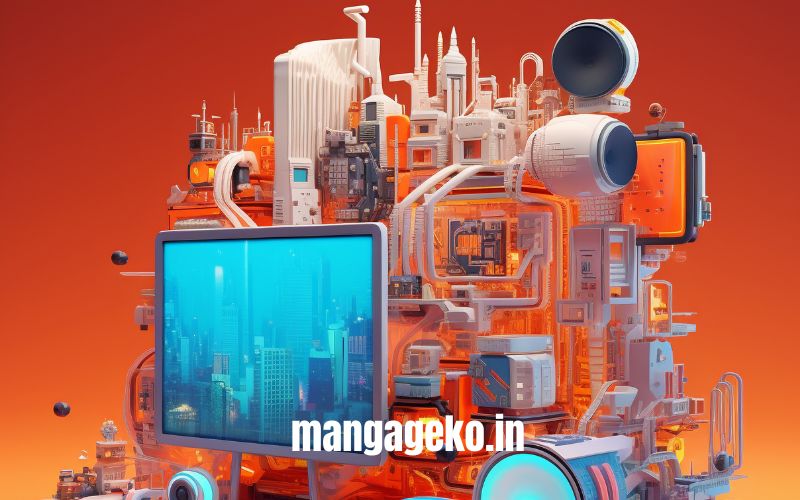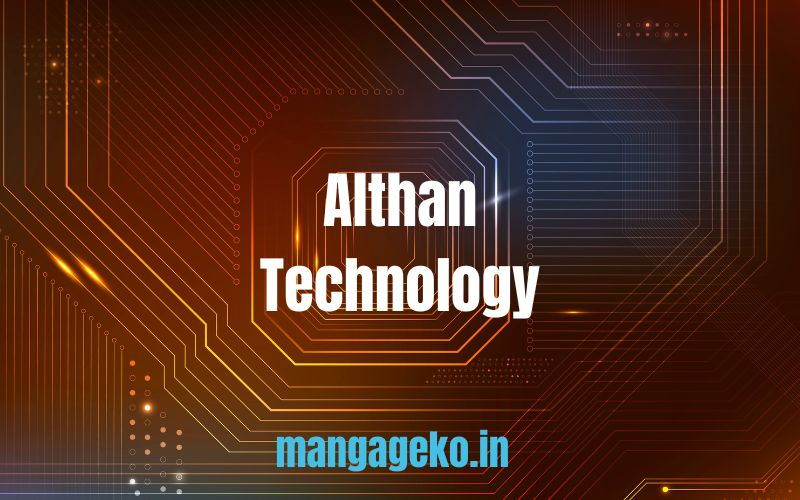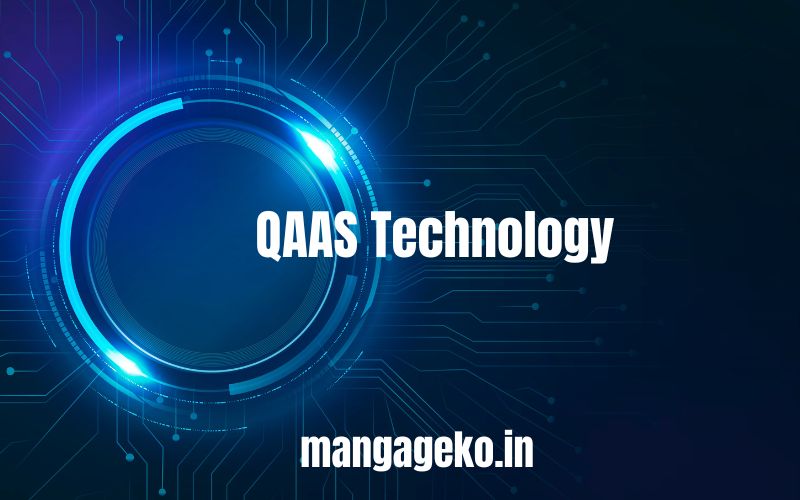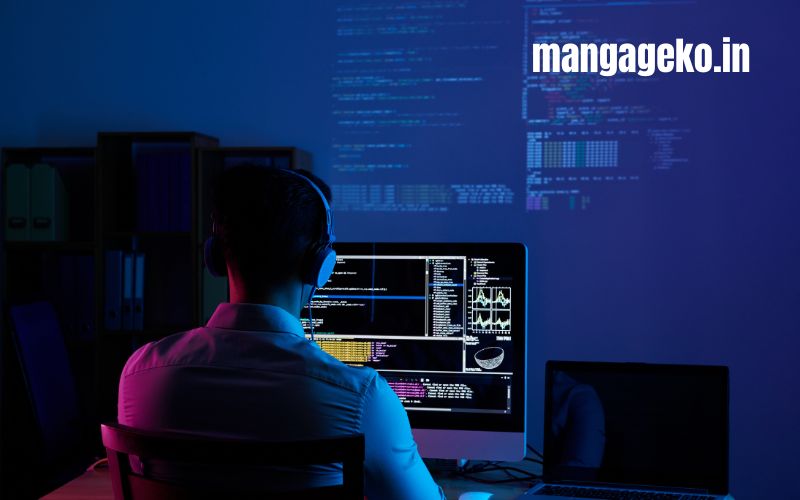Solux Technology is at the forefront of a new technological revolution that is transforming industries across the globe. The term “Solux Technology” is associated with innovative advancements that blend automation, energy efficiency, and smart solutions to create more sustainable, connected environments. Whether it’s in the field of renewable energy, smart homes, or urban infrastructure, Solux Tech-nology promises to make systems smarter, more efficient, and interconnected.
The main idea behind Solux Technology is to provide smart solutions that improve efficiency while reducing energy consumption and environmental impact. This technology is increasingly becoming essential in industries such as energy, construction, and urban planning, where sustainability and efficiency are top priorities. It incorporates various technologies like solar power, AI, and IoT to create solutions that enhance everyday life while minimizing harm to the planet.
Key Points:
- Solux Technology integrates energy-efficient solutions for sustainability.
- It offers smart automation to improve productivity in industries.
- Solux Tech-nology’s innovation focuses on reducing the environmental impact.
What Is Solux Technology?
Solux Technology refers to the use of advanced technologies to enhance systems and processes by incorporating smart solutions, energy efficiency, and automation. It brings together cutting-edge solutions like solar power, artificial intelligence (AI), and Internet of Things (IoT) to create environments that are not only smarter but also more sustainable.
For example, Solux Tech-nology is revolutionizing the energy sector by creating solar-powered systems that are more efficient than ever before. These systems can be integrated with AI to optimize energy use, monitor performance, and predict future energy needs. This reduces waste and helps make buildings and cities more energy-efficient.
Comparison Chart: Solux Technology vs Conventional Technology
| Feature | Solux Technology | Conventional Technology |
| Energy Efficiency | Highly efficient and renewable | Often relies on non-renewable sources |
| Automation | Smart systems with AI integration | Manual or semi-automated processes |
| Environmental Impact | Low impact, sustainable | High carbon footprint |
| Integration with IoT | Seamless, for better control | Limited integration |
| Scalability | Easily adaptable to growth | May require more resources for scaling |
How Does Solux Technology Benefit Industries?
Solux Technology is not just a buzzword but a critical shift that is benefiting various industries, from energy to construction. Below are some examples of how it is making an impact:
1. Energy Industry Revolution
The energy sector has been undergoing significant changes, and Solux Tech-nology plays a pivotal role in these transformations. One of the key features of Solux Technology is the use of solar power and other renewable energy sources to reduce reliance on fossil fuels. By integrating AI and IoT, energy systems can become smarter, self-regulating, and more efficient.
For instance, a solar-powered grid can use AI to analyze energy consumption patterns in real-time and adjust power distribution accordingly. This ensures that energy is used where it’s needed most, reducing waste and improving overall efficiency. Additionally, solar power systems can store energy during peak hours and use it during periods of high demand, reducing dependency on non-renewable sources.
Note: Solux Tech-nology’s use of renewable energy sources helps in reducing carbon emissions, making it a key player in the fight against climate change.
2. Smart Homes and Automation
One of the most visible applications of Solux Technology is in the development of smart homes. These homes are equipped with automated systems that control lighting, temperature, security, and other aspects based on user preferences and environmental factors. Solux Tech-nology enhances these systems by incorporating energy-efficient solutions that help homeowners reduce electricity consumption and improve comfort.
For example, Solux-powered smart homes use AI to learn a homeowner’s habits and adjust settings accordingly. If the system detects that the homeowner is away, it can automatically turn off lights, adjust the thermostat, and lock doors, ensuring that energy is not wasted. This level of automation is not only convenient but also environmentally responsible.
3. Sustainable Urban Planning
Cities around the world are adopting Solux Technology to create more sustainable and efficient urban environments. Solux solutions are integrated into buildings and infrastructure to improve energy management and reduce the environmental impact of urban living. Solar panels, green roofs, and energy-efficient lighting systems are just a few examples of how Solux Tech-nology is being utilized in urban planning.
A city that uses Solux Tech-nology might have buildings that are powered by solar energy and connected through a smart grid. This grid would optimize energy distribution, ensuring that the energy needs of the city are met without overburdening the system or wasting resources.
Comparison Chart: Solux Technology vs Traditional Urban Infrastructure
| Feature | Solux Technology Urban Infrastructure | Traditional Urban Infrastructure |
| Energy Use | Renewable, solar-powered systems | Predominantly fossil fuels |
| Smart Grid | Optimized energy distribution | Manual grid management |
| Environmental Impact | Low, sustainable solutions | High carbon emissions |
| Maintenance and Efficiency | Automated, self-regulating systems | Requires human intervention |
| Scalability | Easily adaptable to urban growth | Often difficult to scale |
4. Benefits in Manufacturing
In the manufacturing sector, Solux Technology is driving efficiency by integrating AI-powered machines, automation, and energy-efficient systems. These technologies can be used to monitor energy usage, track production processes, and optimize resource allocation in real-time.
Manufacturers who embrace Solux Tech-nology can reduce waste, lower costs, and minimize their environmental impact. For example, AI-powered systems can predict when machines need maintenance, preventing costly breakdowns and increasing the overall productivity of the facility.
Note: Solux Tech-nology’s automation capabilities can drastically improve productivity by reducing downtime and energy consumption in manufacturing facilities.
Conclusion
Solux Technology is set to play a significant role in the future of smart solutions across industries. By leveraging the power of renewable energy, AI, IoT, and automation, it offers businesses and individuals smarter, more sustainable alternatives. From energy-efficient homes to sustainable urban planning, the impact of Solux Tech-nology is wide-ranging, providing solutions that help tackle some of the most pressing challenges of our time.
Incorporating Solux Tech-nology into various industries not only enhances efficiency but also ensures a greener, more connected future. As technology continues to evolve, we can expect to see even more groundbreaking advancements that will further revolutionize the way we live and work.
FAQ’s
-
What is Solux Technology?
Solux Technology refers to the integration of renewable energy sources, smart solutions, and automation to create more energy-efficient and sustainable systems.
-
How does Solux Technology work in the energy sector?
It utilizes solar power and AI to optimize energy distribution, reduce waste, and improve overall efficiency in energy grids.
-
What are the benefits of Solux Technology in smart homes?
Solux Technology allows smart homes to automate energy usage, improving comfort while reducing electricity consumption and waste.
-
How is Solux Technology used in urban planning?
Solux Technology integrates energy-efficient solutions into urban infrastructure, making cities more sustainable and reducing their environmental footprint.
-
How does Solux Technology improve manufacturing?
It enhances manufacturing efficiency by automating processes, optimizing resource use, and reducing energy consumption through smart systems.




